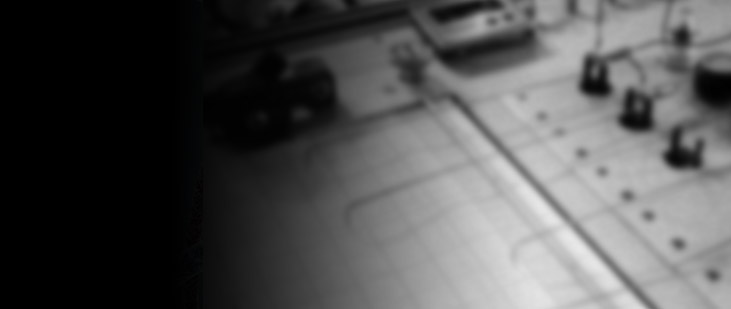Since time immemorial, scientists have attempted to devise methods of detecting falsehoods. Lie detection has significant implications for the judicial system, as it offers alternatives to coercive interrogations and opportunities for exoneration. The potential benefits of this work are extraordinary in their scope, and include using the technology as a non-invasive method of interrogation for law enforcement and anti-terrorist initiatives, the use of the technology for exculpation of innocent criminal defendants, and use of the technology in a myriad of civil and employment contexts. While the utility of these technologies is obvious, so are the dangers. When compared to lie detection technology of decades past, like the polygraph, new methods may intrude upon fundamental privacy rights and rights against self-incrimination. The reliability, specificity and sensitivity of these tests should be carefully scrutinized before their wholesale importation into the legal system. The project on the measure of truth seeks to systematically collect data on available methods of lie detection and scientifically evaluate these technologies as they enter the legal arena.
The first phase of this project began in the summer of 2010, with a project studying the nature of various lie detection modalities and how they relate to each other in the central and peripheral nervous systems. The goal of this study, now near completion, was to survey existing lie detection technologies, consider their correlates in the nervous system, and use that insight to select a promising method of lie detection for clinical investigation. Results of this analysis will be used to establish an experimental trial of the identified lie detection technology. The second arm of the project will focus on identifying the disparate legal standards regarding the admissibility of this evidence under both state and federal evidentiary rules and examining contexts where such evidence is already being used. The goal of this second research project is to identify what attributes a lie detection technology would have to possess in order to meet admissibility standards in the legal arena.
The long term goal of the program on lie detection and the neuroscience of deception is to contribute to current knowledge regarding existing lie detection technology and to offer fruitful avenues for the development of superior lie detection instruments. We hope that the Center’s contributions to the validity, replicability and admissibility of lie detection techniques will help further the benefits of this technology.
Watch video from “The Measure of Truth & Deception” event, moderated by Dr. Bruce Price, with Dr. Judith Edersheim, Dr. Joshua Greene, and Atty. F. Lee Bailey as panelists.






